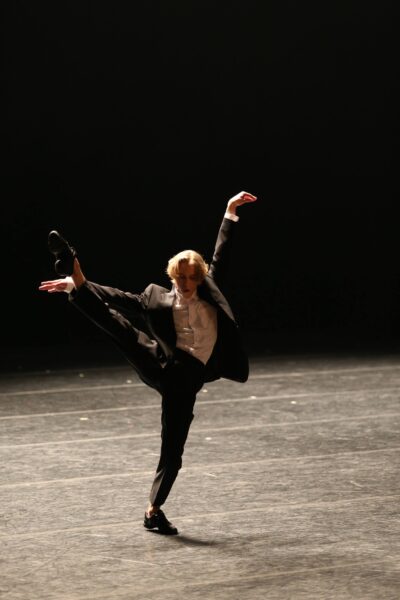On 25 and 26 April, Moscow’s two largest ballet troupes offered press conferences announcing their plans for the coming 2019-2020 season.
The Stanislavsky troupe will feature the premiere of Nureyev’s version of Don Quixote as set by Laurent Hilaire on 25 October. The spring will bring a ballet by Goyo Montero of the Nurnberg Ballet on 28 March. And Hilaire will also set Giselle, first to premiere on 5 December, but in Cannes, France and only near season’s end in Moscow.
In like fashion, this must be the “year of Giselle” for the Bolshoi is also offering Alexei Ratmansky’s version in November. The Bolshoi is offering a set of new works as well, beginning on 26 March with former Mariinsky dancer and now recognized choreographic talent Anton Pimonov’s new Made in Bolshoi. Edward Klug, whose Petrushka premiered on the Forsythe mixed bill last November (2018) will return with The Master and Margarita.
And for those eagerly awaiting some Russian dancing state-side, the Bolshoi will tour the US in the summer of 2020.

















